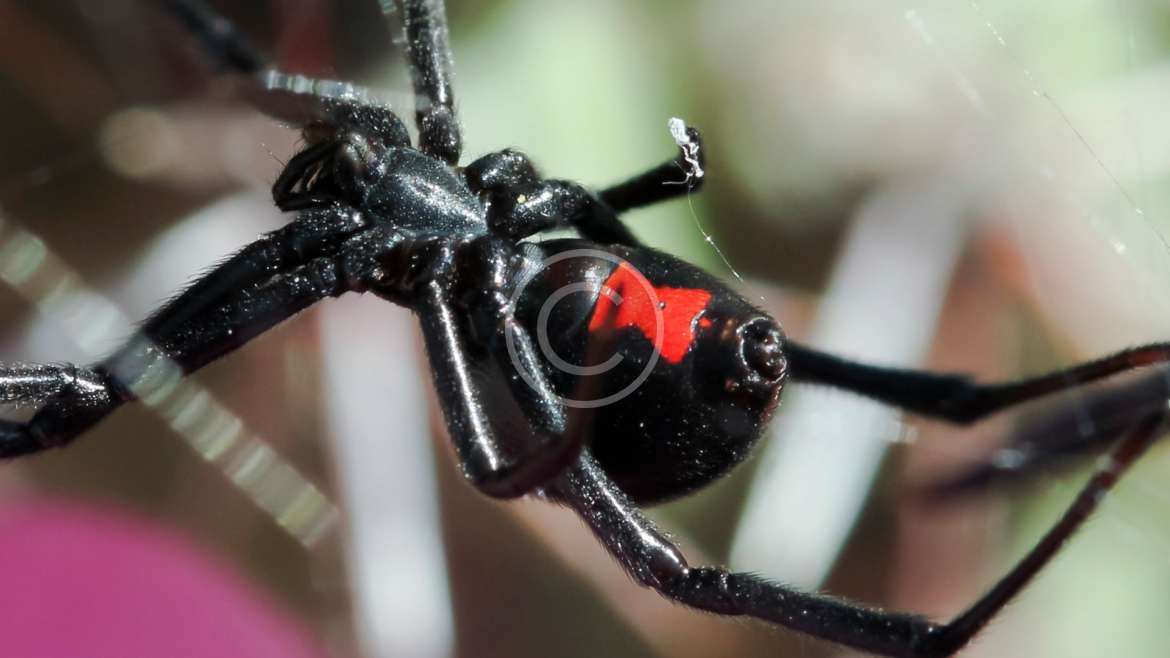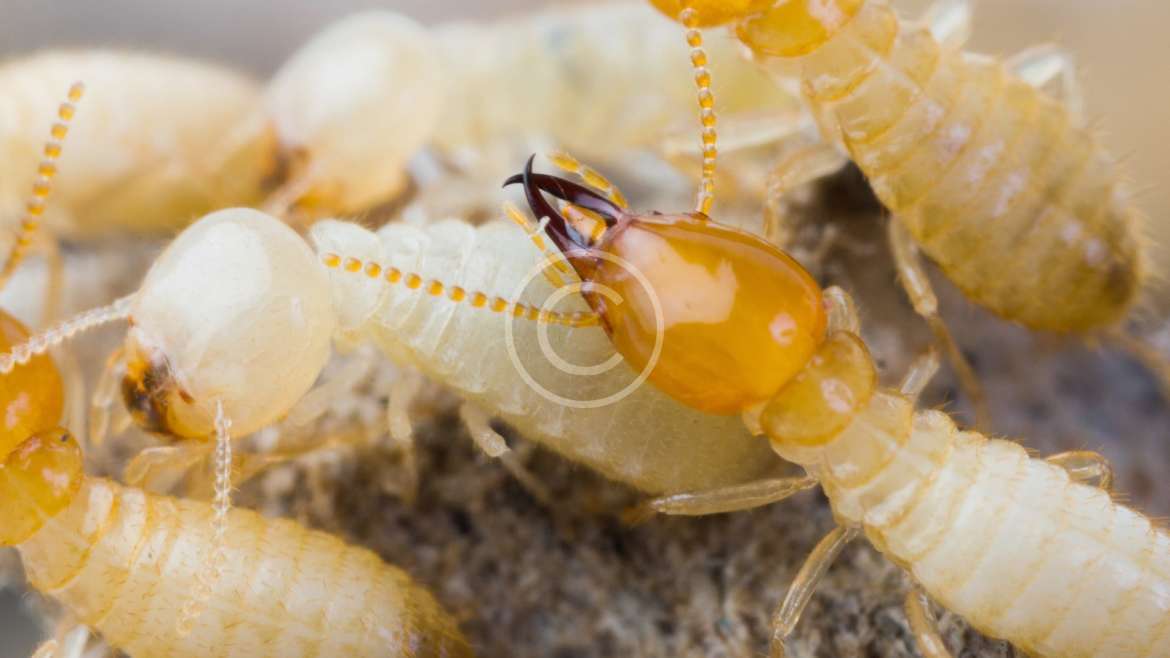Snake
Fluctuates extraordinarily relying upon species. In general, they need completely created legs and eyelids. They run from around 10 cm to a few meters long. Hues can be distinctive greens, reds or yellows to darker dark or chestnut. Numerous snakes have particular stripes or designing. Despite the fact that numerous individuals dread them, snakes are an essential piece of our biological system. They control bug populaces for an assortment of creatures. Numerous snakes found in the United States are nonvenomous and represent no danger to people other than fear or a potential auxiliary disease in a nibble. Notwithstanding this, numerous individuals have a profound situated trepidation of snakes and don’t need any around their homes.
Conduct, Diet and Habits
Snakes have a few unique approaches to execute prey. Snakes eat such creatures as frogs, lizards, bugs, worms, little rodents and fowls. Venomous snakes have sharp, empty teeth intended to puncture skin and infuse venom. They are situated in the upper jaw with venom organs joined previously. At the point when not being used, the teeth fold back onto the mouth. Nonvenomous snakes use narrowing to stifle their prey. They nibble the prey and rapidly wrap themselves around it. The snake applies weight until the prey normally chokes. In any case the system for catch, the prey is expended entirety. The lower jaw is pivoted and can open to astonishing sizes, permitting the snake to devour prey bigger than their mouth would somehow or another oblige.
Snakes are wanton creatures, which is the reason they sun in the hotter months and go into hibernation amid the colder. To keep body temperatures from dropping too low, some of the time snakes will even rest in lairs together, hence sharing the constrained warmth accessible.
Generation
Snakes frequently mate in the spring. A few animal varieties lay eggs, while other bring forth live youthful. Number of posterity changes by species.
Indications of a Snake Infestation
Nonvenomous snakes versus Venomous Snakes All snakes ought to be approached with deference and took off alone paying little heed to venom. Most venomous species in the U.S. are a kind of pit snake, including copperheads and diamondbacks. There are different approaches to recognize a pit snake from nonvenomous snakes. The physical contrasts concentrate on elements of the head. Qualities of the nonvenomous snake are thin head, no pit in the middle of eye and nostril and round understudies. The pit snakes have a triangular molded head, a noticeable pit in the middle of eye and nostril and curved students. There are likewise tail contrasts. Obviously, close examination of a snake of obscure sort can be perilous. Contact an expert untamed life administration specialist for positive recognizable proof.
More Information
Whether winds as of now populate your territory or there’s a stress they may, a few stages can keep a long haul sit tight. To begin with, uproot however much of their favored natural surroundings as could reasonably be expected. Snakes like something to cover up in like heaps of wood, heaps of garbage, high grass and congested vegetation. In the event that such harborage is evacuated, snakes will migrate. Second, seal any openings driving into structures (homes, sheds, carports, and so forth.).
Conduct, Diet and Habits
Snakes have a few unique approaches to execute prey. Snakes eat such creatures as frogs, lizards, bugs, worms, little rodents and fowls. Venomous snakes have sharp, empty teeth intended to puncture skin and infuse venom. They are situated in the upper jaw with venom organs joined previously. At the point when not being used, the teeth fold back onto the mouth. Nonvenomous snakes use narrowing to stifle their prey. They nibble the prey and rapidly wrap themselves around it. The snake applies weight until the prey normally chokes. In any case the system for catch, the prey is expended entirety. The lower jaw is pivoted and can open to astonishing sizes, permitting the snake to devour prey bigger than their mouth would somehow or another oblige.
Snakes are wanton creatures, which is the reason they sun in the hotter months and go into hibernation amid the colder. To keep body temperatures from dropping too low, some of the time snakes will even rest in lairs together, hence sharing the constrained warmth accessible.
Generation
Snakes frequently mate in the spring. A few animal varieties lay eggs, while other bring forth live youthful. Number of posterity changes by species.
Indications of a Snake Infestation
Nonvenomous snakes versus Venomous Snakes All snakes ought to be approached with deference and took off alone paying little heed to venom. Most venomous species in the U.S. are a kind of pit snake, including copperheads and diamondbacks. There are different approaches to recognize a pit snake from nonvenomous snakes. The physical contrasts concentrate on elements of the head. Qualities of the nonvenomous snake are thin head, no pit in the middle of eye and nostril and round understudies. The pit snakes have a triangular molded head, a noticeable pit in the middle of eye and nostril and curved students. There are likewise tail contrasts. Obviously, close examination of a snake of obscure sort can be perilous. Contact an expert untamed life administration specialist for positive recognizable proof.
More Information
Whether winds as of now populate your territory or there’s a stress they may, a few stages can keep a long haul sit tight. To begin with, uproot however much of their favored natural surroundings as could reasonably be expected. Snakes like something to cover up in like heaps of wood, heaps of garbage, high grass and congested vegetation. In the event that such harborage is evacuated, snakes will migrate. Second, seal any openings driving into structures (homes, sheds, carports, and so forth.).








Previous
Next








